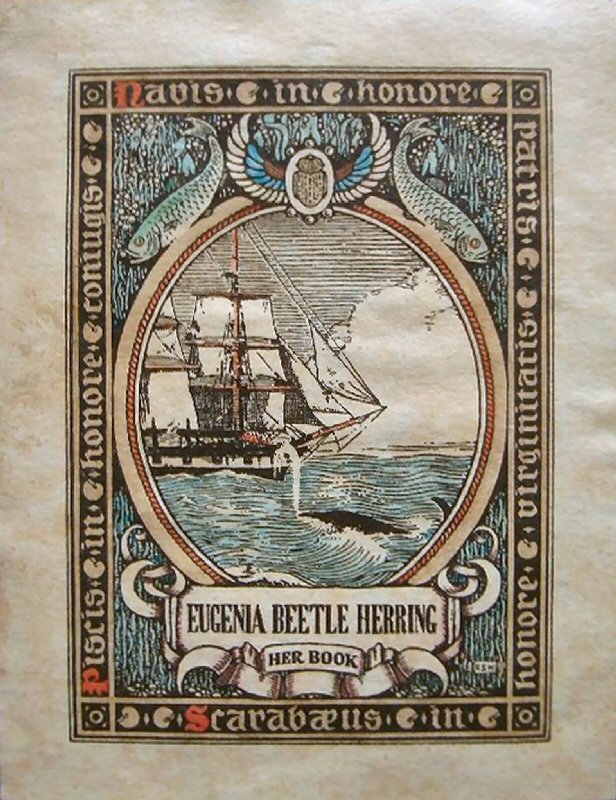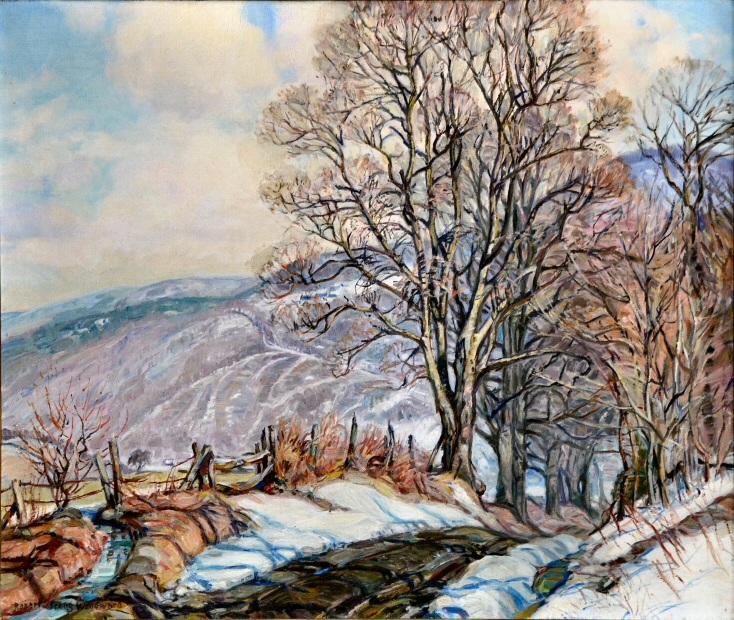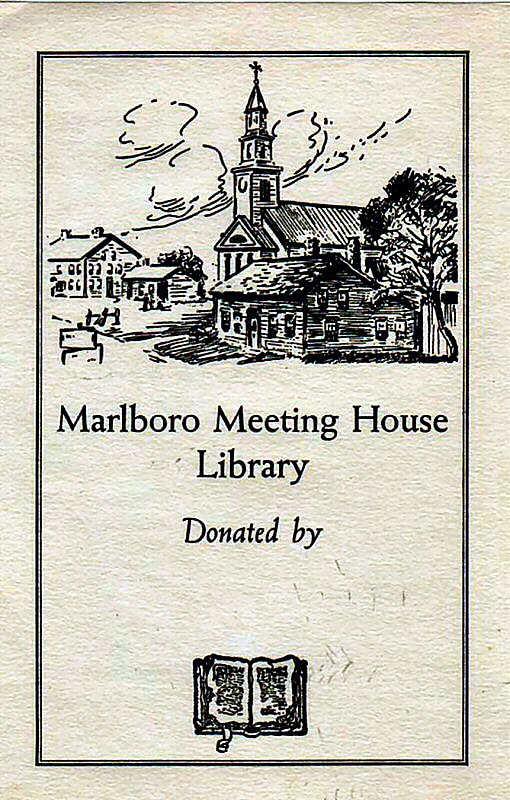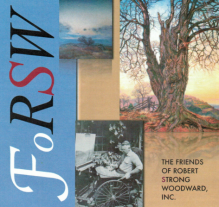Quick Reference
circa 1935
NA
Ink on Paper
For Print
Bookplate
NA
NA
NA
NA
Related Links
- See also the...
 Bookplate & Cachet Gallery to view related pieces.
Bookplate & Cachet Gallery to view related pieces.
- See also the Scrapbook essay on Bookplates &
Illuminations. - See also the...
 Churches & Cemetery Gallery to view related pieces.
Churches & Cemetery Gallery to view related pieces.
- Read the Scrapbook story for more about the Marlboro, VT church paintings.
- See our page devoted to ...
 commission sponsor Francis Garvin
commission sponsor Francis Garvin
- See also the...
 Sketch Book Gallery to view related pieces.
Sketch Book Gallery to view related pieces.
- See also the...
 Villages Gallery to view related pieces.
Villages Gallery to view related pieces.
- See also the...
 Roads & Streets Gallery to view related pieces.
Roads & Streets Gallery to view related pieces.
- Besides Mr. Garvan visit other Vermont residents that were customers of Woodward:
Adaline Frelinghuysen
and industrialist & museum founder Bartlett Arkell
Featured Artwork: Marlboro Meeting House Library, Bookplate

RSW's Diary Comments
 The artist only made a record of his oil paintings.
The artist only made a record of his oil paintings.
Editor's Note:

 A portrait of William Macbeth by
A portrait of William Macbeth by
Stephan Douglas Volk from the
collection of the Brooklyn Museum.
There are just a couple occasions where Woodward had made a bookplate after giving
up commercial work to devote his career to painting in 1917. This is one of those times, as it should,
because his painting of Marlboro (VT) Meeting House just so happens to be one of his most lasting
legacies.
As we understand it, a brief summary of the story is as follows: Woodward made the painting
Enduring New England from his car in 1931. The very next year, a fire destroys the early
American styled church. We understand it was a complete loss. A campaign begins to rebuild the church
and its architect discovers Enduring New England. hanging in the MacBeth Gallery in New York
City. A request is made to allow the architect to use Woodward's painting for the design and of
course, permission is granted.
Around the same time, two other Vermont churches, the Benningto of
the Battle of Bennington in 1937. Here is where it gets murky. It is believed that William Macbeth
introduced the idea for Francis P. Garvan to
commission Woodward to paint those churches as well as a number of others to be included in the collection
of early American home decor given to Yale University under his wife's name, Mabel Brady Garvan, on
their 20th wedding anniversary.

 The Marlboro Meeting House today
The Marlboro Meeting House today
Unfortunately, the commission primarily went unfulfilled because Mr. Garvan would
die before he could see the finished product. This happened 20 days after he did purchase Enduring
New England for the collection which is where it remains to this day.
The bookplate above
is also another tribute to Woodward and the role he played in assuring the Marlboro Church's lasting
legacy. Note the Meeting House as it appears today in comparison to how the original appeared in the
painting. The architect stay true to the traditional origins of the place.
It is important to
keep in mind, the church itself does not call itself a church but rather sticks to the tradition of
referring to itself in the non-denominational term, "Meeting House," which is wonderfully explained
in the NYT newspaper clipping below.
Additional Notes
 After having made the oil painting Enduring New England RSW was
requested by the Marlboro Library to make a bookplate for them based on his painting. The intent was to
place this in all books donated to the library giving their names on the plate.
After having made the oil painting Enduring New England RSW was
requested by the Marlboro Library to make a bookplate for them based on his painting. The intent was to
place this in all books donated to the library giving their names on the plate.
 The above design is based on the oil painting
Enduring New England. Woodward made two additional versions of this scene,
The Marlboro Church which was sold to his Alma mater, today known as Bradley University, and
New England which was sold to the artist patron-saint and sponsor,
Mrs. Ada Small Moore.
The above design is based on the oil painting
Enduring New England. Woodward made two additional versions of this scene,
The Marlboro Church which was sold to his Alma mater, today known as Bradley University, and
New England which was sold to the artist patron-saint and sponsor,
Mrs. Ada Small Moore.
Bonus Material

 An invitation to the dedication
An invitation to the dedication
of the New York Times tower
From Woodward's Personal Scrapbooks:
To the left is the artist's invitation to the East Poultney (VT) church dedication.
We do not know if he attended it, however, we are sure that the invitation resulted in some way through Mr.
Garvan because of his commissioning of the church's painting. It should also be noted the E. Pounltney is
probably the farthest Woodward ever traveled to paint (excluding Boston which is a surprising 2 and a half
hours even in modern times. But when RSW went to Boston to "paint" he stayed at his cousin Florence's place
in West Newtown, MA).
Remember this all came about because
of the painting Enduring New England above, and while we have no record of the East Poultney Church
painting ever exhibiting, the Bennington Church was shown a number of times. The Bennington Church is the
leading star of the story of the Battle of Bennington (July 7, 1777) and East Poultney has an important, yet,
supporting role in the story. Still, both churches are being re-dedicated in the very same year, the Poultney
church is being refurbished and renovated with funds being provided by Poultney son, and New York Times founder,
George Jones, making it more visible. Do not forget also that, the Marlboro Meeting House, which burned in 1932
is being rebuilt during this time and its architect used Woodward's Enduring New England. to make
the design. The artist is very involved in all three of the biggest church projects in Vermont at the time.




